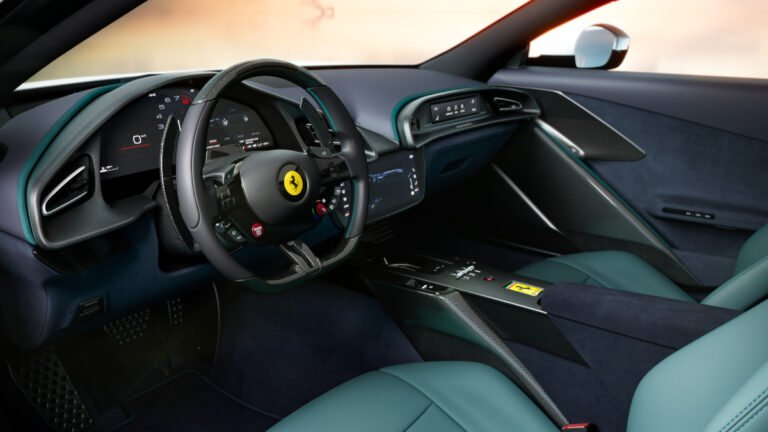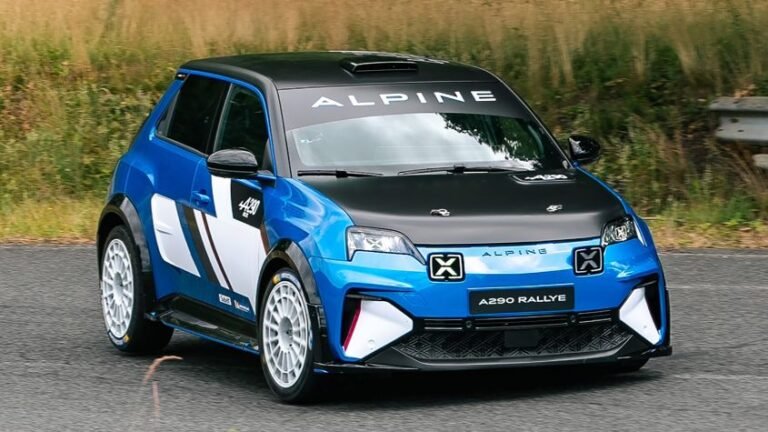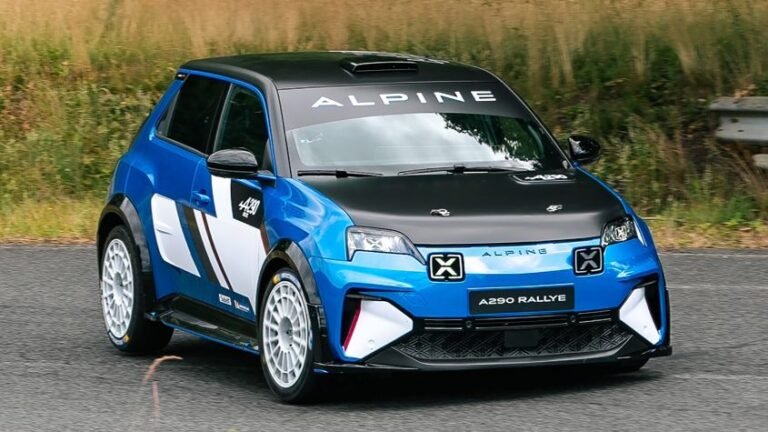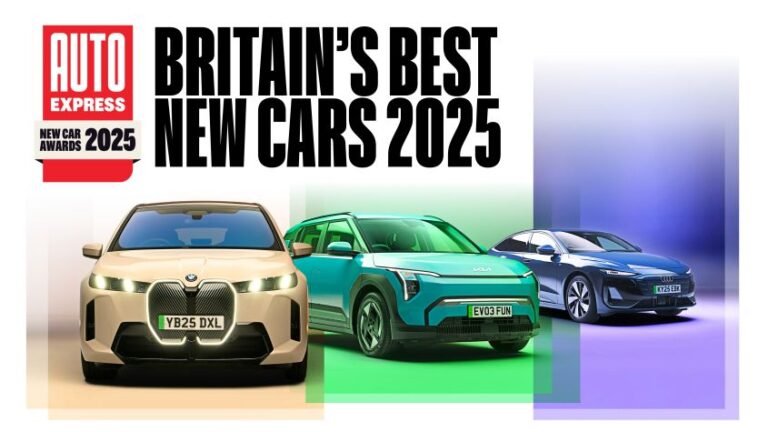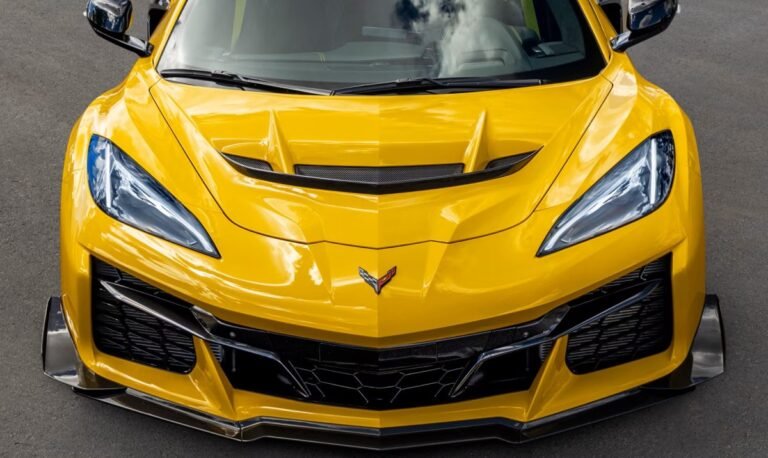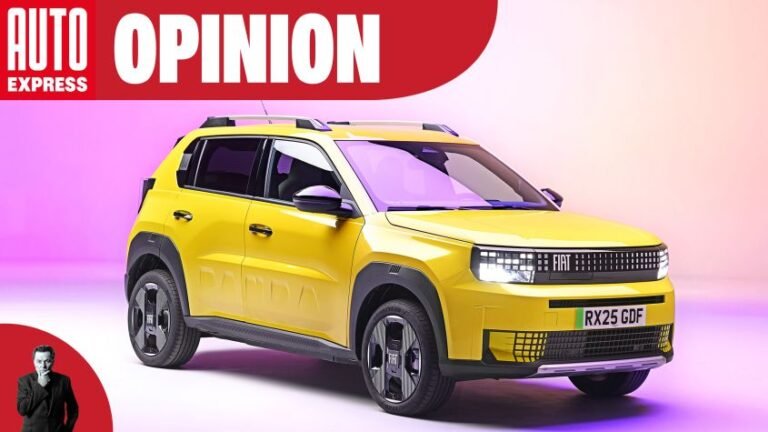
In 2025, you can buy a Toyota Prius, skip the gas station for days, and still complain about the ride quality on potholes. That’s the hybrid life: part monk, part commuter ninja. And with gas prices moonwalking toward $4 again, it’s a lifestyle many Americans are still buying into—over 1.2 million hybrid sales last year alone.
But the EV crowd is yelling louder every year: “Just go all electric!” So let’s settle it — does the hybrid still make financial sense? Or is it a stepping stone past its prime?
We did the math. Real numbers. Real assumptions. No “green halo” pricing fluff.

Figure 1: 10-Year Total Cost of Ownership (TCO)
Over a 10-year period, electric vehicles (EVs) can be the most cost-effective option—but only under ideal conditions like access to home charging and sufficient annual mileage. According to DOE and Argonne National Lab, hybrids remain the lowest total cost of ownership for the average American, especially for those without dedicated charging infrastructure.
Assumptions:
- ICE: $28K purchase, $1,500/year fuel, $600/year maintenance
- Hybrid: $30K purchase, $1,200/year fuel, $700/year maintenance
- EV: $35K purchase, $400/year electricity, $300/year maintenance
1. The Hybrid Middle Ground Is Still Solid
The hybrid buyer still spends a little more upfront than the gas car buyer, but makes it back over time. You’re saving around $300 a year at the pump, and while maintenance isn’t zero (hello, regenerative braking sensors), it’s generally lower than ICE over the long haul. Add in federal tax credits or state perks, and hybrids remain one of the best deals on the road, especially if you’re putting in 15,000+ miles per year.
Clarification: While EVs offer lower operational costs, hybrids remain the cheapest total cost option for many average-use cases, per Argonne.
2. EVs Win on Running Costs — But Only If You Have a Garage
Here’s the truth: EVs are significantly cheaper to run — when you can charge at home. Charging at home averages $400/year in electricity, compared to $1,200 in gas for a hybrid. Plus, there’s no oil to change, no spark plugs to replace, and your brake pads last longer thanks to regen braking.
But that advantage flips quickly if you rely on public fast-charging, which can be 3x to 5x more expensive than home charging. According to DOE/Argonne, EVs relying heavily on public charging often end up more expensive than hybrids or ICE cars over 10 years.
EVs can save you about $7,000 over 10 years — but only if you charge smart and often at home.

3. Maintenance Isn’t Scary—For Any of Them
The myth that hybrids are more expensive to maintain because of “two powertrains” doesn’t hold up. Most hybrid systems are built like tanks. Inverters or battery packs rarely fail under warranty, and regenerative brakes reduce wear. Meanwhile, ICE cars need regular oil changes, timing belt swaps, and eventually, catalytic converter work.
EVs? Lowest upkeep by far. Scheduled EV maintenance at 6 cents per mile, compared to 10 cents for gas cars. However, battery replacement costs remain a wildcard for EVs beyond the warranty period, usually past year 8 or 10. That risk keeps hybrids competitive.
The Last Word
So, here’s what the numbers and studies actually tell us:
- The hybrid still offers the lowest total cost of ownership for the average driver, especially those without home charging or lower annual mileage.
- EVs can be more affordable, but only with access to home chargingand consistent use.
- ICE vehicles remain the costliest long-term, due to fuel and maintenance costs.
So no, hybrids aren’t a “marketing mirage.” They’re still the smartest move for the gas-averse, chargerless majority. And EVs? They’re the future, but not everyone’s present.
The real question is this: Will the hybrid stay a stepping stone or become the sensible forever car?
